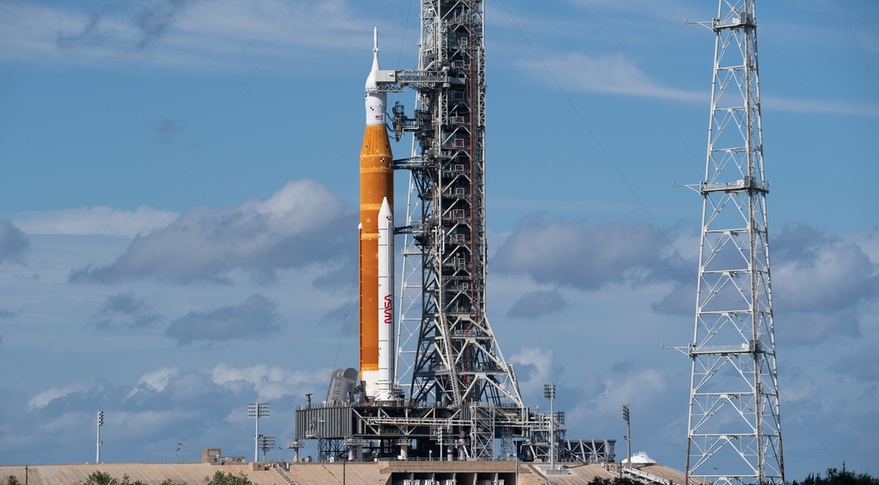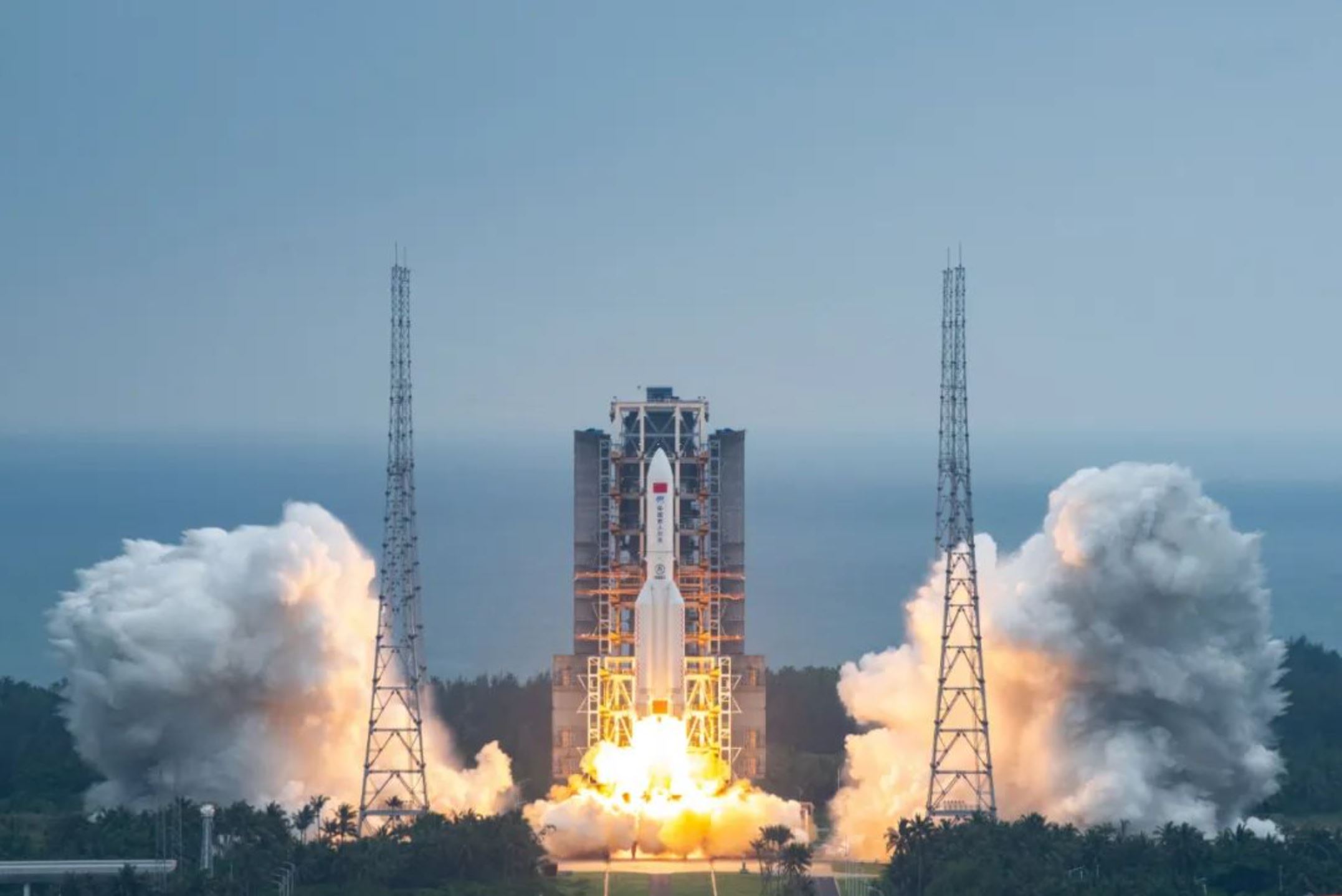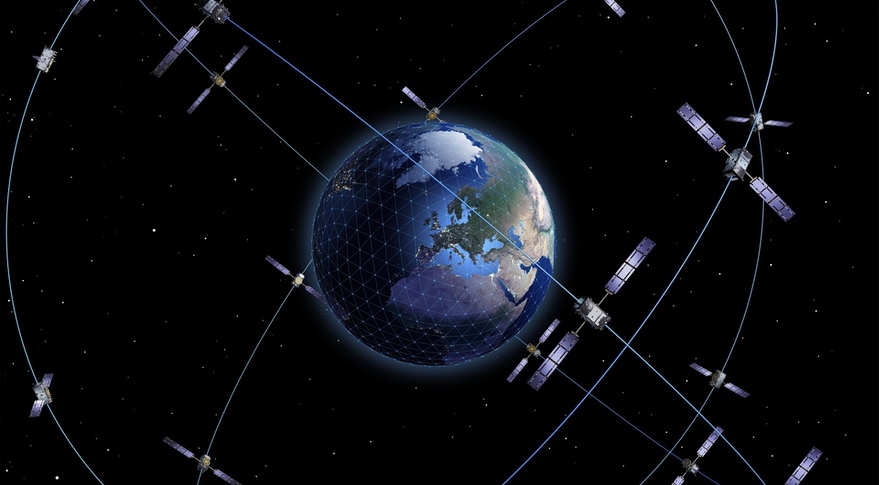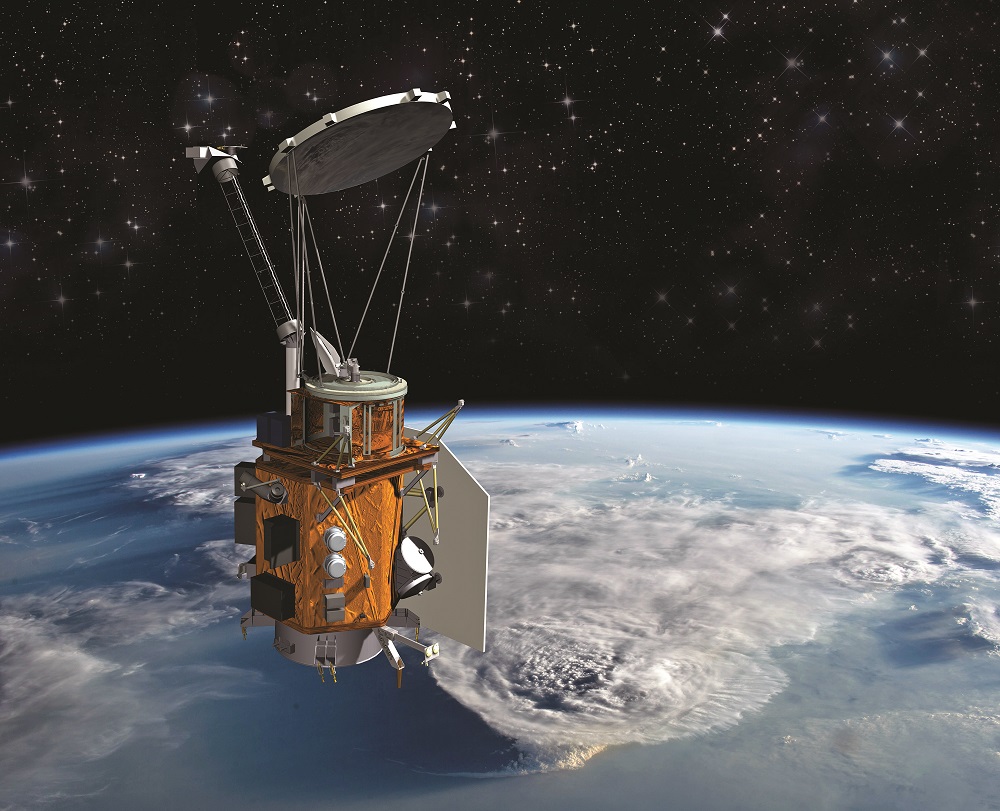X-37B space plane completes its sixth mission, lands after nearly 30 months in orbit
Original Publication Date: 2022-11-12 19:38

The X-37B space plane landed Nov. 12 at NASA’s Kennedy Space Center, Florida. It set a new endurance record after spending 908 days on orbit. This was the sixth mission of the crewless reusable plane. It carried several U.S. Military and NASA science experiments.
NASA moving ahead with Nov. 16 Artemis 1 launch attempt
Original Publication Date: 2022-11-11 23:03

NASA finds no major repairs required to Space Launch System and Orion from Hurricane Nicole. Next Artemis 1 launch attempt on Nov. 16 during a two-hour window that opens at 1:04 a.m. Eastern. NASA associate administrator for exploration systems development: "There's nothing preventing us from getting to the 16th"
China wants to ramp up the launch rate of its Long March 5B rocket
Original Publication Date: 2022-11-11 12:45

China is planning to greatly increase the number of launches of its Long March 5B rocket. The rocket has created a number of high-profile uncontrolled reentries of its large first stage. The launcher and YZ-2 combination could be used to help deliver high numbers of satellites into orbit.
ESA seeks funding for navigation technology programs at ministerial
Original Publication Date: 2022-11-12 23:15

European Space Agency seeks about 500 million euros over the next three years. Projects would enhance existing services and expand them to support lunar exploration. One initiative, called FutureNAV, will support development of two missions. Another, LEO-PNT, would test a potential future satellite navigation constellation.
Starfish books launch for in-orbit satellite docking mission next fall
Original Publication Date: 2022-11-11 22:07

Starfish Space plans to perform first satellite docking test using electric propulsion. Otter Pup demonstrator will attempt to rendezvous with another spacecraft in low Earth orbit. Mission aims to demonstrate key technologies for Starfish’s in-orbit servicing business. If the demo is successful, Starfish aims to develop a slightly larger Otter satellite servicing vehicle.
Space Force orders new weather satellite from Ball Aerospace
Original Publication Date: 2022-11-11 21:02

The first Weather System Follow-on Microwave satellite is projected to launch in 2024. The second one will launch in 2028. Each satellite is estimated to cost $511 million, according to the Department of the Air Force. They were designed to replace the U.S. Military’s Defense Meteorological Satellite Program.
SES, Hughes demonstrate satellite internet on General Atomics surveillance drone
Original Publication Date: 2022-11-11 17:21

SES and Hughes installed satellite internet service on a General Atomics drone. The drone stayed on the ground and did not fly, but the companies said the demonstration showed how the military could use high-throughput satellite connectivity. The demonstration took place Oct. 20 at General Atomics’ flight operations facility in El Mirage, Calif.
NASASpaceFlight.com
OneWeb has resumed deployment of its satellite constellation with the launch of 36 satellites aboard India’s GSLV Mk.III rocket. The mission – which marks the first commercial launch for the GSLV – lifted off from the Satish Dhawan Space Centre on Sunday, Oct. 23.
Commercial Archives
SpaceX launched its 52nd mission of 2022 with the Intelsat Galaxy-31 & 32 satellites using a flight-proven Falcon 9 to a geostationary transfer orbit (GTO) Falcon 9 first-stage booster B1051-14 made its final flight on this mission.
International Archives
China successfully launched the Tianzhou-5 mission to the Tiangong Space Station for cargo resupply. The mission launched at 02:03 UTC on Friday, Nov. 11 on a Chang Zheng 7 (Long March 7 in English) The launch was conducted from the Wenchang Satellite Launch Center, in China.
ISS Updates – Spaceflight101 – International Space Station

A veteran NASA spacewalker and an EVA rookie from Japan ended their week with nearly six hours of work outside the International Space Station on Friday. The restoration of the Station’s Mobile Servicing System started last year and continued in January to provide Canadarm2 with a new pair of grappling hands.
Featured – Spaceflight101

SpaceX Falcon 9 takes to the skies over Florida’s Cape Canaveral Monday afternoon. Falcon 9 lifts a flight-proven Dragon spacecraft into orbit for a critical delivery of science gear, supplies and maintenance hardware. First of at least six cargo ships inbound to the U.S. Segment of ISS this year.
News – Spaceflight101

A Russian Rockot booster is set to blast off from the Plesetsk Cosmodrome at 17:57 UTC with the Sentinel-3B multi-function satellite. The rocket will carry the multi-function Sentinel-3B satellite into orbit on Wednesday. The launch is scheduled for 17:57 UTC on Wednesday.
Re-Entry: Long March 11 Rocket Body – Spaceflight101

The CZ-11 fourth stage used leftover propellant for a partial de-orbit maneuver, lowering its perigee to 120 Kilometers to significantly accelerate its orbital decay. It is reportedly built around a YF-50 main engine and in a nominal mission conducts the orbital circularization after the three CZ-11 stages.
NASA to Brief Media on First Earth Water-Monitoring Satellite Mission

NASA will host a virtual media briefing at 10:30 a.m. EST (7:30 a.M. PST) Nov. 14, at the agency’s Jet Propulsion Laboratory in Southern California. The briefing will discuss the upcoming launch of the Surface Water and Ocean Topography (SWOT) satellite. SWOT will be the first satellite mission to observe nearly all water on Earth’s surface.
Satellites Help Scientists Track Dramatic Wetlands Loss in Louisiana

NASA-funded researchers quantified those wetlands losses at nearly 21 square miles (54 square kilometers) per year since the early 1980s. Some of those wetlands were submerged by rising seas; others were disrupted by oil and gas infrastructure and hurricanes. But the primary driver of losses was coastal and river engineering.
As Psyche Mission Moves Forward, NASA Responds to Independent Review

NASA and Jet Propulsion Laboratory (JPL) share a response to the results of an independent review board convened to determine why the Psyche mission missed its planned 2022 launch opportunity. The review board – convened at the request of NASA and JPL – found a significant factor in the delay was an imbalance between the workload and the available workforce at JPL. The board recommended increasing staffing, establishing open communications and an improved reporting system.
NASA to Discuss Psyche Independent Review Board Results

NASA will host a community town hall at 12 p.m. EDT (9 a.m. PDT) on Friday, Nov. 4. The event will discuss the findings and recommendations of a report by the Psyche mission independent review board. The board examined the causes of the Psyche mission missing its planned launch opportunity this year.
NASA Prepares to Say ‘Farewell’ to InSight Spacecraft

InSight’s seismometer has detected more than 1,300 marsquakes since the lander touched down in November 2018. The lander data has yielded details about Mars’ interior layers, its liquid core, the surprisingly variable remnants beneath the surface of its mostly extinct magnetic field.
NASA Solar System Ambassadors: Sharing the Science for 25 Years

NASA’s Solar System Ambassadors Program is celebrating its 25th anniversary in fall 2022. The program is funded by NASA’s Science Mission Directorate and is managed by NASA’’s Jet Propulsion Laboratory in Southern California. In the spirit of a genuine grassroots endeavor, the Solar System Ambassadors program was originally called the Galileo Ambassador Program.
Haunting Portrait: NASA’s Webb Reveals Dust, Structure in Pillars of Creation

Mid-infrared light excels at observing gas and dust in extreme detail. The densest areas of dust are the darkest shades of gray. The red region toward the top, which forms an uncanny V, like an owl with outstretched wings, is where the dust is diffuse and cooler. Notice that no background galaxies make an appearance – the interstellar medium in the densest part of the Milky Way’s disk is too swollen with gas and dust to allow their distant light to penetrate.
